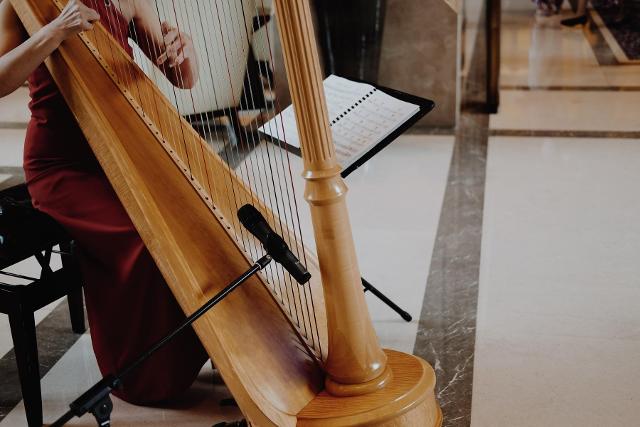 The next time someone suggests listening to your favorite song will do your body good, Abraham Kocheril, MD, says it’s not a bad idea to take their advice.
The next time someone suggests listening to your favorite song will do your body good, Abraham Kocheril, MD, says it’s not a bad idea to take their advice.
Get The Latest News!
Don't miss our top stories and need-to-know news everyday in your inbox.
Dr. Kocheril, director of cardiac electrophysiology at OSF HealthCare Cardiovascular Institute in Urbana, Illinois, has studied how heart rate variability aligns with and benefits from certain musical numbers.
Heart rate variability, as the name suggests, describes how your heart beats vary over 24 hours. Sometimes slower, for example when you sleep. Sometimes faster, for instance when you walk or run.
“Even though we say the average heart rate is 72 beats per minute, it generally doesn’t stay there. It’s bouncing up and down. And that’s normal,” Dr. Kocheril says.
People will experience different heart rate variability based on their age and health. But in general, Dr. Kocheril says more variability is good. No variability – in other words, the same beats per minute consistently – may be a sign that live-saving interventions are needed.
The research
Dr. Kocheril says another researcher took the variability concept in heart rate and applied it to music.
The first piece studied: the Brandenburg Concertos by Johann Sebastian Bach. The researcher plotted the variability of the musical tones – when the tune was fast and when it was slow – and compared it to a plot of the heart rate variability of a healthy person.
“They found the exact same pattern. The heart is musical,” Dr. Kocheril says.
Dr. Kocheril took that research a step further and played music for people while they were in the cardiac electrophysiology laboratory for an ablation procedure. Johann Pachelbel’s Canon in D was the tune of choice this time, and Dr. Kocheril even brought in a live harpist for the first phase of this research.
“Luckily, we had a resident who was a music major and a harpist,” Dr. Kocheril says. “She was perfectly willing to change into scrubs and wheel the harp into the lab for the procedures.”
The patients were under sedation, but that didn’t stop the heart from reacting to the vibrations from the music, he says.
Dr. Kocheril says he observed some expected heart relaxation. But more interestingly, he saw some cardiac stimulation and arousal. That ties back to the concept that more heart rate variability is good.
Everyday applications
Don’t expect every hospital to add harpists, Dr. Kocheril says. But, the research seems to promote everyday music listening as therapeutic for the heart, especially if you have heart problems.
“There are lots of pieces of music with the right variability. It’s often the music that has stood the test of time.” Dr. Kocheril says. “The Beatles, for example. Or lots or pieces of music that we don’t consider classical but have the same pattern of variability. So, in the end I don’t think the genre matters.”
To view it another way: “I think a lot of these geniuses who created music were in touch with their heartbeat,” Dr. Kocheril says.
Learn more
Learn more about heart care on the OSF HealthCare website.
More like this:
